-
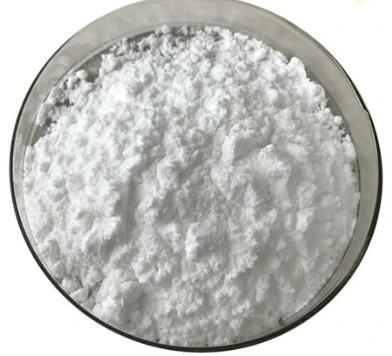
3,3′-Diaminobenzidine CAS:91-95-2
3,3′-Diaminobenzidine (DAB) is a chemical compound commonly used in biochemistry and histology for staining proteins, nucleic acids, and other macromolecules. When oxidized, it forms a brown colored precipitate that is easily visualized under a microscope. DAB staining is often employed to detect the presence and localization of specific molecules, such as antigens or enzymes, in cells and tissues. It is a popular choice for immunohistochemistry and immunocytochemistry techniques due to its high sensitivity and stability. DAB staining can offer valuable insights into cellular structures and molecular interactions, aiding in research and diagnostics in fields like medicine, biology, and pathology.
-
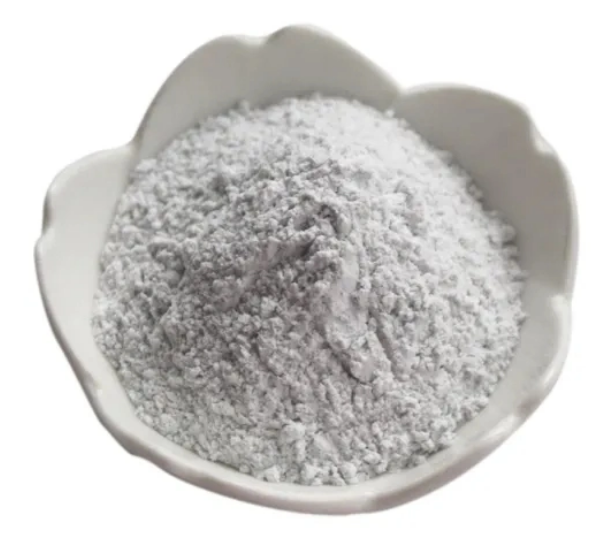
Glycine CAS:56-40-6 Manufacturer Price
Glycine is one of the simplest amino acids and is considered non-essential, meaning that the body can produce it on its own. It plays a crucial role in the synthesis of proteins, functioning as a building block for protein formation.
Glycine is also involved in various metabolic processes in the body. It acts as a precursor for several important compounds, including heme (a component of hemoglobin) and creatine (essential for energy metabolism in muscles).
Additionally, glycine serves as a neurotransmitter in the central nervous system, playing a role in modulating the excitability of nerve cells. It has been linked to promoting relaxation, calmness, and improved sleep quality.
Glycine is found naturally in several food sources, including meat, poultry, fish, dairy products, legumes, and certain fruits and vegetables. Its supplementation may be used to support muscle growth, improve sleep quality, and promote overall well-being.
-
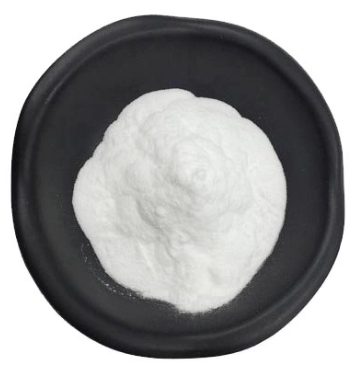
4-METHOXYBENZENEDIAZONIUM TETRAFLUOROBORATE CAS:459-64-3
4-Methoxybenzenediazonium tetrafluoroborate is a chemical compound that belongs to the class of diazonium salts. It consists of a diazonium group (N≡N⁺) attached to a 4-methoxybenzene ring, and its counterion is tetrafluoroborate (BF4⁻).
Diazonium salts are known for their reactivity and are commonly used as intermediates in various organic synthesis reactions. They can undergo various transformations, including electrophilic aromatic substitution, coupling reactions, and azo dye synthesis.
4-Methoxybenzenediazonium tetrafluoroborate specifically has been used in organic chemistry to introduce the 4-methoxybenzene group onto other molecules through diazonium coupling reactions. It is a useful reagent for the synthesis of aryl derivatives and can be employed in the preparation of pharmaceuticals, agrochemicals, and other organic compounds.
-
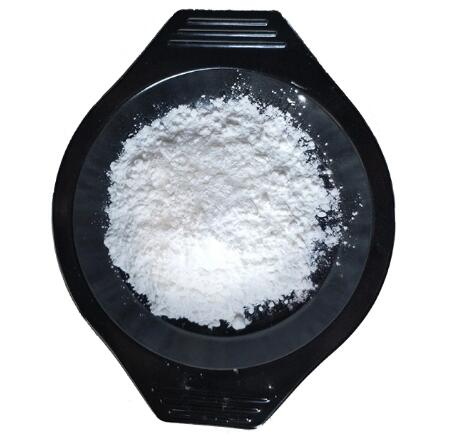
Iodonitrotetrazolium chloride CAS:146-68-9
Iodonitrotetrazolium chloride is a compound mainly used in biological and biochemical assays to detect the presence of dehydrogenase enzymes. It is often used as a redox dye to visualize cellular metabolic activity. The compound is typically colorless but forms a red formazan product when it reacts with the specific enzymes present in living cells. This reaction allows researchers to visually determine the activity and viability of cells in experiments or diagnostic tests.
-
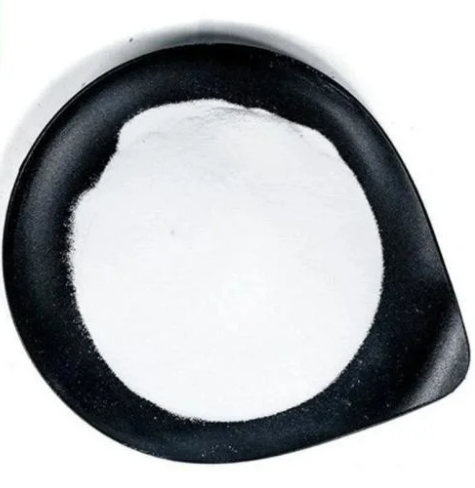
4-Nitrophenyl phosphate disodium salt hexahydrate CAS:4264-83-9
4-Nitrophenyl phosphate disodium salt hexahydrate is a chemical compound that is commonly used as a substrate for detecting the activity of phosphatase enzymes. It appears as a white to off-white powder and is highly soluble in water. When acted upon by phosphatase enzymes, it undergoes a reaction that results in the production of a yellow color, which can be measured spectrophotometrically. This compound finds applications in various biochemical assays and diagnostic kits for detecting and quantifying phosphatase activity in samples.
-
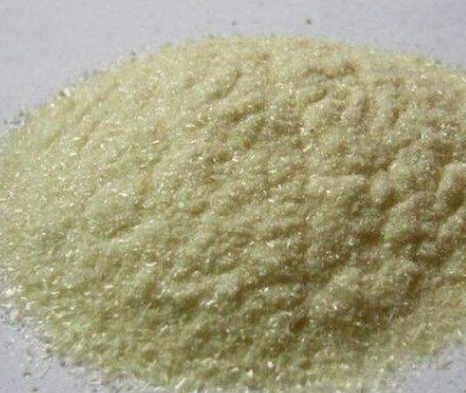
Methylphenazinium methosulfate CAS:299-11-6
Methylphenazinium methosulfate (MPMS) is a redox-active compound that is commonly used as an electron carrier in various biochemical and biophysical studies. It is a salt consisting of a methylphenazinium cation (a heterocyclic compound) and a methosulfate anion.
MPMS is often used as an alternative to traditional electron carriers, such as ferricyanide or phenazine ethosulfate, due to its stability and high solubility in water. It possesses good redox properties, which allow it to accept and transfer electrons during enzymatic reactions.
One of the key applications of MPMS is in assays that involve the measurement of electron transfer or enzymatic activity. It is frequently used in conjunction with an enzyme system to monitor the transfer of electrons between different components. The reduction of MPMS can be detected spectrophotometrically, where its absorbance changes as a result of electron transfer processes.
MPMS is also utilized in studies related to mitochondrial respiration and oxidative phosphorylation. It can act as an artificial electron acceptor, allowing researchers to investigate the functioning and regulation of these processes in various biological systems.
-

4-Nitrophenyl-alpha-L-fucopyranoside CAS:10231-84-2
4-Nitrophenyl-alpha-L-fucopyranoside is a chemical compound that belongs to the family of glycosides. It consists of a fucose sugar molecule attached to a 4-nitrophenyl group. This compound is commonly used as a substrate in enzymatic assays to study the activity of fucosidases, which are enzymes involved in the breakdown of fucose-containing molecules. When acted upon by a fucosidase enzyme, 4-nitrophenyl-alpha-L-fucopyranoside is cleaved, resulting in the release of 4-nitrophenol, which can be quantitatively measured using spectrophotometry. This substrate is particularly useful in studies related to enzymatic activity, substrate specificity, inhibitor screening, and kinetics of fucosidase enzymes.
-
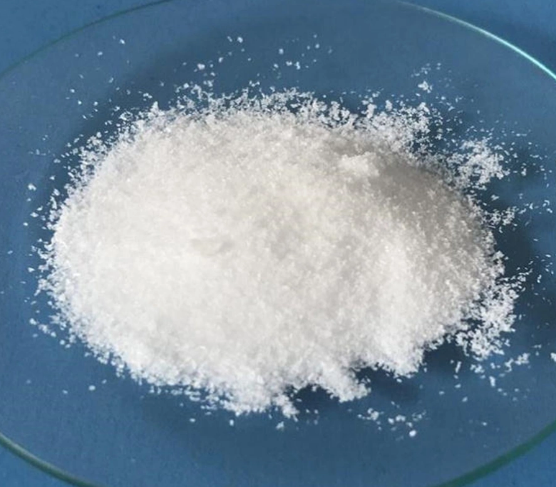
N-Ethylmaleimide CAS:128-53-0 Manufacturer Price
N-Ethylmaleimide (NEM) is a small organic compound commonly used in biochemistry and molecular biology research. It functions as a specific inhibitor of protein sulfhydryl (thiol) groups by irreversibly modifying and blocking their activity. NEM is highly reactive with sulfhydryl groups, such as those found in the amino acid cysteine, and can react with both free sulfhydryl groups and those within proteins. This makes NEM a useful tool for studying protein function, protein-protein interactions, and enzyme activity. Its inhibitory properties have been utilized in a wide range of applications, including proteomics, enzymology, structural biology, and drug discovery.
-
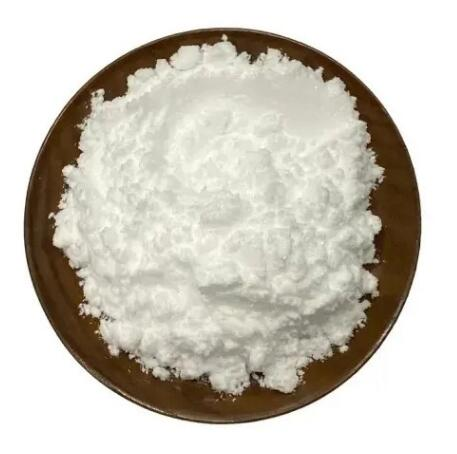
5-Sulfosalicylic acid dihydrate CAS:5965-83-3
5-Sulfosalicylic acid dihydrate is a chemical compound that is commonly used in biochemical and pharmaceutical laboratories. It is a white crystalline substance that is highly soluble in water. 5-Sulfosalicylic acid dihydrate is a derivative of salicylic acid and has a molecular formula of C7H6O6S. It is often employed as a reagent for protein precipitation and can be used to measure proteins in biological samples, such as urine and serum. Additionally, it can be utilized in the determination of various substances, including nucleic acids, enzymes, hormones, and drugs. The dihydrate form of the compound indicates that it contains two molecules of water per molecule of the acid.
-
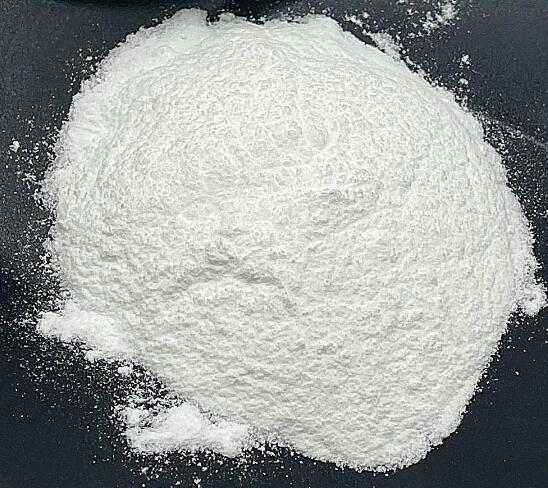
Potassium iodide CAS:7681-11-0
Potassium iodide (KI) is an inorganic compound that consists of potassium cations (K+) and iodide anions (I-). It is a white, crystalline solid that is highly soluble in water. Potassium iodide has various uses and applications due to its properties.
One of the main uses of potassium iodide is in medicine. It is commonly used as a supplement to treat and prevent iodine deficiency-related conditions, such as goiter, thyroid hormone imbalance, and certain types of thyroid cancer. It can also be used as an emergency treatment for radiation exposure, as it helps to block the uptake of radioactive iodine by the thyroid gland.
Potassium iodide also has applications in laboratory settings. It is used as a reagent in analytical chemistry to detect the presence of certain elements, such as lead and mercury, through the formation of insoluble yellow precipitates. Additionally, it can be used as a source of iodide ions in various chemical reactions.
In the culinary field, potassium iodide is sometimes added to table salt (iodized salt) as a means to prevent iodine deficiency in populations. Iodized salt is consumed by many individuals worldwide as a dietary source of iodine.
-
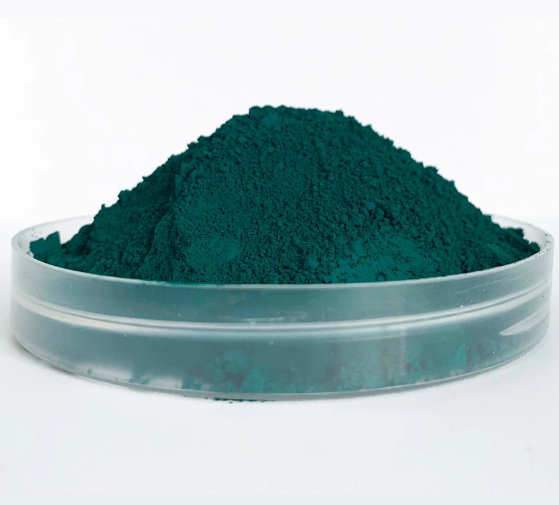
8-Anilino-1-naphthalenesulfonic acid ammonium salt CAS:28836-03-5
8-Anilino-1-naphthalenesulfonic acid ammonium salt is a chemical compound that is commonly used as a fluorescent dye. It has a structure consisting of an aniline group attached to a naphthalenesulfonic acid molecule with an ammonium salt. This compound is soluble in water and exhibits a strong absorption and emission in the visible light range.
Due to its fluorescent properties, 8-Anilino-1-naphthalenesulfonic acid ammonium salt is often used as a probe or indicator in various biochemical and biophysical studies. It can be used to detect changes in pH, conformational changes in proteins, protein-ligand interactions, and the presence of certain ions.
When excited with an appropriate wavelength of light, this compound emits a bright blue fluorescence, allowing for easy detection and measurement. Its fluorescence properties make it a valuable tool in research areas such as molecular biology, biochemistry, and cell biology.
-
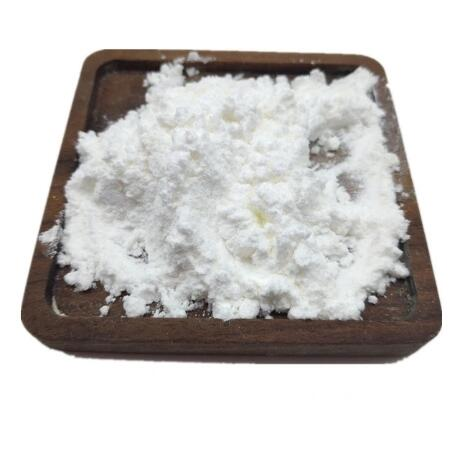
Sodium dodecyl sulfate CAS:151-21-3
Sodium dodecyl sulfate (SDS) is a commonly used anionic surfactant that is used in various industries and research applications. It is a white solid or powder that is soluble in water and forms a strong, stable foam when agitated. SDS is known for its ability to solubilize and denature proteins, making it useful in protein extraction, purification, and electrophoresis techniques. Additionally, SDS is widely used as a detergent in household and personal care products, as well as in industrial cleaning applications. It is also a key ingredient in many biochemical and molecular biology experiments, where it is used for cell lysis, DNA isolation, and as a denaturing agent in gel electrophoresis.

